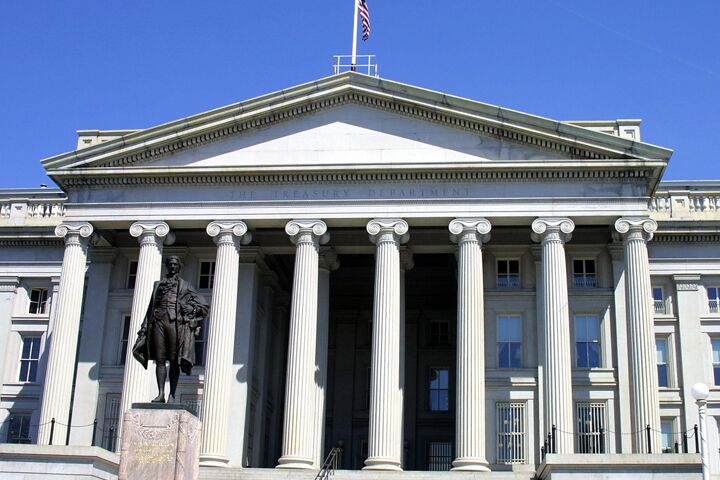
Largest Treasury Bond Caper in History?
U.S. bonds worth an astounding $134.5 billion were seized by Italian police as smugglers attempted to cross the border into Switzerland earlier this month. Authorities have not indicated if they are real or fake, but either way, it could have implications for the U.S. bond market and the value of the dollar.
AsiaNews reported that Italy’s financial police seized bonds worth $134.5 billion from two Japanese nationals at Chiasso, an Italian border city known for catering to Italians who want to keep their money out of the Italian banking system. The confiscations include 249 U.S. Federal Reserve bonds each worth $500 million, plus 10 Kennedy bonds, in addition to various other bonds with face values of $1 billion.
If proven real, it “would be the largest financial smuggling operation in history,” says AsiaNews.
But if the bonds are authentic, it raises the question: Who do they belong to? The high face-values of the bonds are not available in regular banking and financial markets and are typically only handled by states. That would mean that some government is trying to sell a huge chunk of its dollar holdings.
But which? There are very few countries that would be able to move such large amounts. $138 billion is a little over a third of the total value of all goods and services produced in a year by Iran (which is a major oil exporter). Only three candidates are easily identifiable: Japan, China and the United States.
Although China has been very vocal about diversifying its reserves away from the dollar, since the two foreign nationals arrested were supposedly Japanese, Japan is for obvious reasons the prime suspect.
In covering the story, the Italian daily il Giornaledid not report the official charges against the two nationals, but indicated they may have been detained on suspicion of attempting to take a large amount of securities out of Italy without declaring it.
But why would Japan risk covertly moving tens of billions across country lines in a suitcase with a false bottom? Was this an attempt to quietly unload U.S. treasuries without having to sell them on the open market and risk setting off a market stampede and causing a dollar panic?
“Notice, by the way, that the U.S. media has totally ignored this story—even though the securities in question are allegedly U.S. instruments,” writes Karl Denninger for The Market Ticker. “Might the authorities know they’re real and be just a wee bit nervous that disclosure of a sovereign attempting to covertly dump nearly $140 billion in debt could cause a wee bit of panic, given that we’re running nearly $200 billion a month in deficits?” (June 11).
For now, the jury is still out. The bonds may very well turn out to be forgeries. But even if the bonds are fake, the matter might be even more worrisome, and not just because it would be “the biggest counterfeiting operation ever, by a factor of many times” (ibid.). AsiaNews ominously reports: “[T]he quality of the counterfeit work is such that the fake bonds are indistinguishable from the real ones.”
Picture the Bernie Madoff fraud times two—and that is if this is the only incident.
High-quality fraudulent treasury bonds measured in the hundreds of billions is the last thing the U.S. government needs to deal with right now. The U.S government is attempting to find lenders to finance record spending and stimulus packages to prop up the U.S. economy. Meanwhile, it is trying to convince those same investors that the dollar will not be devalued, and that it is a stable store of wealth. Hundreds of billions of fraudulent securities does nothing to secure that faith.
Students of history will know that various countries have counterfeited currencies of foreign nations to influence currency exchange rates and undermine faith in foreign central banks. Even today, North Korea is known for counterfeiting the U.S. $100 bills. It is possible that something along those lines is occurring here too.
This is a story that deserves watching. The ramifications could be very significant.
